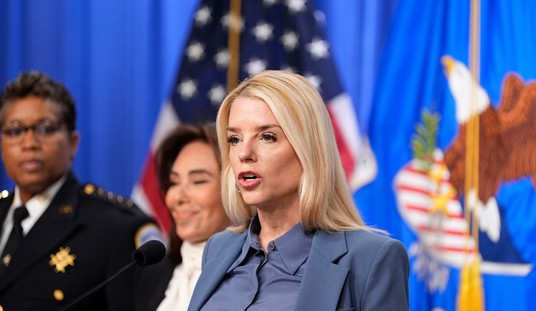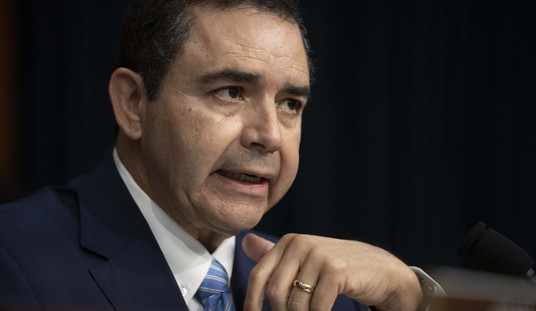I will come to what I mean by the title of this column in a second—the connection between this year’s first presidential debate and the first ever such televised event more than five decades ago. But first, by all accounts, even those shared grudgingly, Mitt Romney left the University of Denver stage following the debate the other night as the clear winner. There was no knockout, but it was a lopsided decision on most scorecards.
Yet, as every Washington Redskins fan knows, what happens early in the contest is not nearly as important as what happens in the second half—and final minutes. It is more than likely that President Obama will try to bring a better game when he shares the stage with Mr. Romney on October 16th on Long Island. Stay tuned.
The danger for the Republican nominee is in the area of underestimating the president on the basis of his widely panned performance during round one. The danger for Mr. Obama is in shifting aggressively to attack mode—a strong possibility. Author Jon Meacham mentioned in a morning-after television interview that his eight-year-old daughter had asked him why the president was so mad. Anger, even thinly veiled, is a big turn-off to most voters. Jimmy Carter exhibited pious annoyance throughout his one debate with Ronald Reagan in 1980. And Reagan had the country at, “There you go again.” Disposition is actually more important than position in this narrow context—the televised debate platform.
But the thing that sticks out in my mind as I review the debate is something reminiscent of what happened during the first modern televised debate 52 years ago. That one was between Senator John F. Kennedy and Vice President Richard M. Nixon. The key was in the “candidate-cutaways”—those moments when the camera shot was on the man not speaking at the moment.
The two presidential candidates squared off on September 26, 1960. The venue was the McClurg Court television studios of WBBM Television in Chicago. There was no live audience, but both men were accompanied by a bevy of animated handlers. Historian Alan Schroeder, author of Presidential Debates: 50 Years of High-Risk TV, described the “debate in the control room” that evening: “Candidate cutaways had been a flashpoint in the lengthy and contentious pre-debate negotiations between the campaigns and the networks, but no firm guidelines had emerged as to how the program would be shot.”
Recommended
Kennedy’s man in the room, a former producer at that very station, Bill Wilson, rebuked Don Hewitt (later to produce 60 Minutes on CBS) that he “owed” the senator more “reaction shots.” Hewitt countered that he had actually cut away from Kennedy more than he had from Nixon. But what Kennedy’s man wanted was more cutaways to the vice president, because they highlighted Nixon as “haggard” and “the lines on his face seemed like gashes,” not to mention that he “gave a fearful look.”
In stark and stunning contrast, Jack Kennedy was consistently “attentive, alert, with a suggestion of a smile on his lips.” Sound familiar? That’s pretty much a description of every camera shot of Mitt Romney as he listened (and watched) Barack Obama.
As a footnote to what happened back in 1960, the television cameras at WBBM had been outfitted with new tubes just a day earlier. The result was a crisper picture, one that served to accent Nixon’s on-camera deficiencies that night: paleness, heavy beard, and an ill-chosen and loose fitting suit and shirt.
Of course, technology is now light-years ahead of those days, as evidenced by some readers scratching their heads and asking, “what’s a television tube?” Black and white has given way to high definition, but the human factor still trumps all. Mitt Romney played JFK to Barack Obama’s Richard Nixon in their first debate. One man was engaged and animated—the other seemed detached, annoyed, and aloof.
A couple of years after that 1960 debate and his soon-after loss to Kennedy in the election, Nixon wrote a bestseller called Six Crises. He revisited that evening that turned out to be a game changer for him and the country, “I had concentrated too much on substance and not enough on appearance. I should have remembered that ‘a picture is worth a thousand words.’”
Indeed.

























Join the conversation as a VIP Member